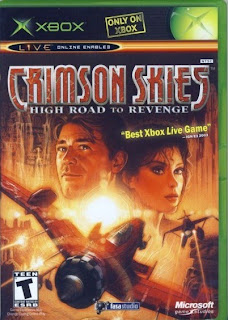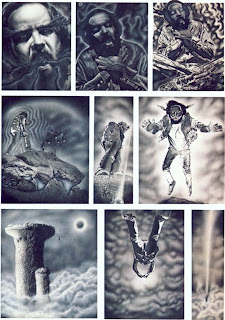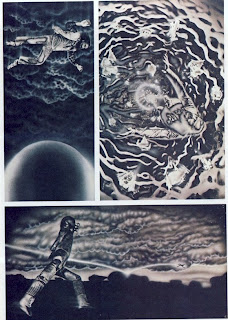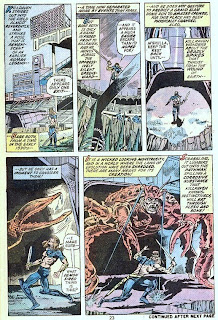Phil Hastings is a successful Hollywood screenwriter who decides to move his family: wife Gloria, a former actress; shapely teenage daughter Gabbie; and twin 8 year-old sons Sean and Patrick – to a stately old mansion in rural Western New York. It’s summertime and the living is easy in their new place, which was previously owned by a German immigrant named Herman Kessler.
Before too long, the twins realize that the landscape around the house is peopled (if that’s the right word) by the daoine sídhe (‘deena shee’): the leprechauns and other fairy creatures from Irish mythology. The leprechauns and sprites are harmless, if a bit mischievous. But others of the fairies lurking in the vicinity are more than a little lubricious where Gabbie is concerned, and some are genuinely malevolent. As the summer wears on, the encounters between the Hastings family and the daoine sidhe become more frequent and even hazardous. A friend with some knowledge of the Spirit World, Mark Blackman, becomes involved with the family’s plight and discovers that Herman Kessler was expelled from Germany earlier in the century for dabbling with Forbidden Knowledge….never a good sign.
As the mysteries of the Kessler house and its relation to the advent of the fairies are uncovered, the darker entities inhabiting the surrounding woods become manifest, and the Hastings family finds themselves on the front lines of a renewal of an ancient feud between the daoine sidhe and mankind. It will fall upon the twins Sean and Patrick to confront the evil clans among the fairy folk…on the latter’s home turf.
‘Faerie Tale’ has an interesting premise and stands as one of the forerunner novels in what today is a highly successful subgenre in fantasy writing, the so-called ‘urban’ fantasy, in which the supernatural world regularly intrudes into our own everyday existence.
At times ‘Tale’ is quite engaging and the cast of characters, both human and fairy, is varied and interesting. However, I found that the portrayal of the more humanoid races of the daoine sidhe tended to evoke some eye-rolling on my part; as Feist depicts them, simply being around such creatures too often tends to reduce the adult human characters to quivering, sobbing masses of mingled lust and awe. In the place of a Darby O’Gill – type figure who is adept at dealing with the fairies on their own terms, we are given Barney Doyle, a forlorn, rather hapless figure who mumbles cryptic remarks about the ‘Good People’. Unfortunately for the Hastings family, Barney can drink, and tell some tall tales, but he can’t dance, a fatal weakness when confronting Irish fairies.
With regard to the narrative, at 435 pages the novel is too long and could have been shortened by a hundred pages. The middle section tends to drag, with author Feist teasing the reader with portents of doom and vague hints of menace; some of the sub-plots lurching to fruition at this juncture really don’t add much to the narrative, and could have been excised without penalty. The book’s final 100 pages do impart new momentum to the plot but at times even this section of the book seems a bit padded.
At its heart ‘Faerie Tale’ is really a novel about two children forced to battle the daoine sidhe in order to save themselves (and by extension The World), while their parents, vaguely disturbed by what seem to be childish nightmares and misadventures, stand clueless and obtuse. In my opinion it could have been a very successful Young Adult novel with just some minor changes in content. But adult readers, for whom the book is intended, will find ‘Faerie Tale’ worth a look.





































































